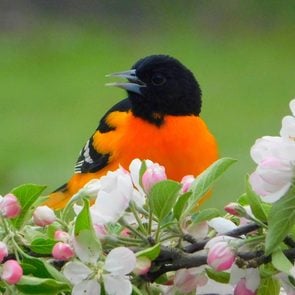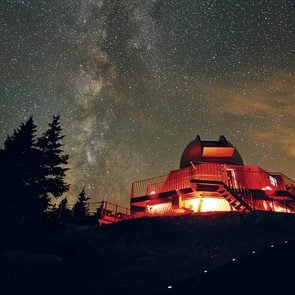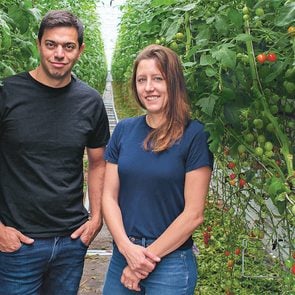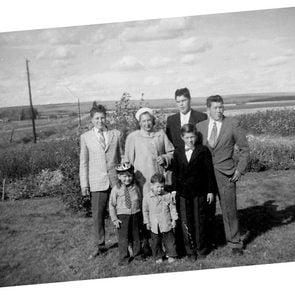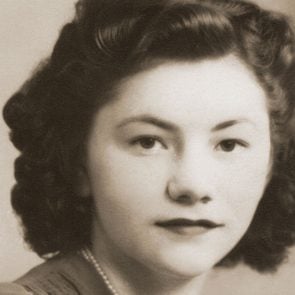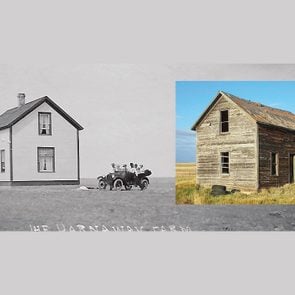
After spending a few years in Michigan for work, my husband, Daniel, and I have called Montreal home since late 2020. We enjoy outdoor activities in all seasons including hiking, cycling, kayaking and snowshoeing. Upon our arrival in Montreal, one of our first errands was purchasing an annual pass to gain access to the numerous national parks scattered throughout the surrounding area. Visits to several of these parks, located either very close or within an hour or so drive from the city, have allowed us to combine our enjoyment of the outdoors with my husband’s recently acquired passion for wildlife photography.

Discovering Îles-de-Boucherville
Last spring, we discovered the Îles-de-Boucherville National Park. The park, which is located just outside of Montreal, is made up of a series of five small islands, and the allure of this beautiful outlet for getting up close to nature draws us back week after week.

The islands are full of wildlife, ranging from abundant populations of white-tailed deer to a large variety of song and water birds of all shapes and sizes. There are more than 20 kilometres of marked trails, in addition to opportunities for boating, fishing and camping. We tend to arrive at the park early in the morning for better photo opportunities. The park’s islands are surrounded by the St. Lawrence River and contain a mixture of farmland, forest and marshland.

Wildlife at Îles-de-Boucherville
As the weather continues to warm up, the expansive marshes and flood plains permit frequent sightings of water-loving mammals and birds including groundhogs, muskrats, great blue herons and egrets. We have yet to spot a beaver, but we have seen the large dams in the water that give away their presence.

One early spring morning at the start of our hike, we were greeted by a loud persistent “knock-knock” sound coming from the trees. We did not have to wait long before spotting the source of the commotion—a pileated woodpecker, given away by his large size and the vibrant red plumage on the top of his head. Not much further down the path just at the side of the trail, we spotted another species of woodpecker, the much smaller downy woodpecker, half hopping, half flying from tree to tree looking for her next meal.

By the marshes, we were lucky enough to spot a black-crowned night heron. These red-eyed herons typically hunt when it is dark, but they can occasionally be seen in the daytime looking for much-needed additional calories during the breeding season.

In late spring, when the trees have just gotten their full set of leaves, many fast-flying and tiny, bright yellow birds—yellow warblers—can be seen in the treetops. The vivid colour of their feathers creates a stark contrast to the greenery around them.

Single or small groups of two or three deer can be seen in less dense patches of forest. At this time of year, the bucks’ new antlers are still small stumps. All of this activity is accompanied by the pleasant melody of song sparrows. If you stop and look closely, you will spot several of these small brown birds, camouflaged by the tree branches on which they perch.

Our favourite wildlife encounters at the park have been unexpected, including a flock of turkey vultures, and a lone red fox gracefully disappearing into the bush, but unfortunately not very interested in posing for a photo. We look forward to returning to this spectacular park throughout the course of the seasons to capture many more special wildlife moments.
After you’ve explored Îles-de-Boucherville, check out these great day trips from Montreal.

Phyllis Novak moved from Wallaceburg, Ont., to Toronto in 1984 with dreams of becoming an actor. When she wasn’t working in theatre, she began volunteering at Evergreen, a drop-in centre that supports homeless youth, doing street outreach and helping run Evergreen’s acting and art classes for young adults. Soon working with youth became her biggest role. In 1996, Novak and Sue Cohen, a fellow artist, founded Sketch Working Arts, a charity with a mission to improve the lives of homeless and marginalized youth through creativity.
Sketch’s programs help participants tap into a power they didn’t know they had. Novak believes the arts provide skills to tackle homelessness, as well as the economic and social oppression that often come with it. “You need creativity to navigate these challenges,” she says. “The arts give marginalized youth that creativity and the confidence required to survive, thrive and lead in their communities.”
Minorities comprise a disproportionate number of the approximately 235,000 people who experience homelessness in Canada in any given year. Despite representing only 4.3 per cent of the population, Indigenous people make up an estimated 34 per cent of homeless Canadians, according to the Centre for Equality Rights in Accommodation. This overrepresentation is mirrored in Canada’s youth, who make up 19 per cent of the country’s homeless population. Nearly one in three homeless youth identify as LGBTQ2S, and about 28 per cent of youth in homeless shelters are members of racialized minorities.
Sketch’s 9,000-square-foot space offers free programs that fall into three categories. Each is structured around season-long semesters and offered to anyone between the ages of 16 and 29 who is homeless or navigating poverty. The arts-wellness branch provides basic needs, like food, and offers a general introduction to creating art. An arts-production stream provides classes in specific disciplines, such as visual arts and music. Those interested in a full-time arts career can choose arts leadership, which offers mentorship and the opportunity to work on community-arts projects and education.
When Egyptian-born artist and musician Kut Throat Kleo first joined Sketch’s programs as a participant in 2019, she had a love for music and fashion but no outlet to explore either. As a Muslim person of colour who identifies as queer, she also dealt with prejudice and intermittent stretches of homelessness. At Sketch, she had free access to a music studio and a silkscreen-printing program where she could learn, experiment and collaborate with others.
The 25-year-old now works at Sketch as a facilitator. Using her silkscreening skills, she also runs a clothing label that sells apparel made from second-hand clothes. She now earns enough to secure stable housing in Toronto and says she wouldn’t have the life she has today without Sketch. “There’s a lot of trust in the community,” she says, “as well as freedom to express and exist as who you are.”
When the pandemic hit, Novak kept Sketch going with virtual offerings. In 2021, nearly 700 people participated in Sketch’s virtual programs. Sketch directed nearly $70,000, as well as free cellphones and tablets, to support young artists and keep them connected during the isolation of lockdown.
This year, the organization is planning a block party for its 25th anniversary. Novak is optimistic that Sketch will fully reopen this spring, COVID permitting. “I’ve missed the energy of our studio,” she says. “I’d walk in and be surrounded by young, diverse artists busy at work, and the energy of creation was so powerful, it was almost visceral. Sketch is empty for now, but I know that hope and creative energy will return.”
Next, check out 14 Canadian charities that are worth supporting.
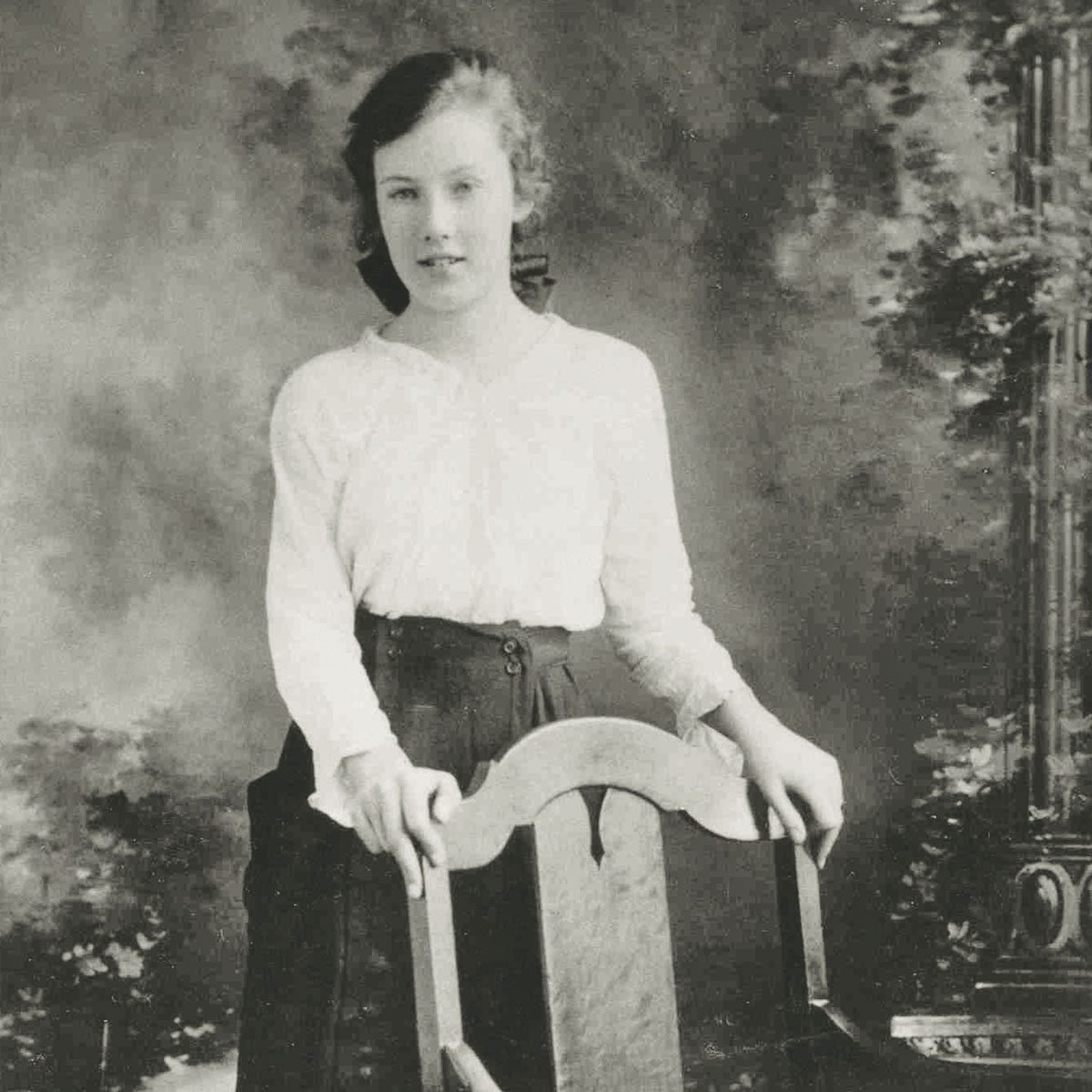
Memories of My Mother
My mother, Dorothy May Duncan (above), was born in Sussex, England on May 7, 1903 and immigrated with her family to Winnipeg in 1906. She worked as a clerk at Eaton’s for several years before eloping on Friday, March 13, 1925 with James Thom, a fellow employee. She passed away on April 29, 1964 from a blood clot that formed a few days after major surgery, one week before her 61st birthday.
I wrote the following as a tribute to her.
How Laundry Day Has Changed Since the 1930s
It was a Tuesday just a while back, and I had just put a capful of laundry detergent in the automatic washer when I recalled my mother doing laundry back in the early ’30s. The first thing that struck me was that Monday was our traditional laundry day, while Tuesday was ironing day. I remembered my mother with her two galvanized wash tubs and a scrub board. As I pressed the button to start the process, I recalled that we did not have running water in our house back then. There was no start button. The first task was to haul several pails of water from the community pump a few houses down the street, and then heat the water on the wood-burning stove in the kitchen. When it was hot, my mother then had to dump the water into one of the galvanized tubs. She’d put cold water into the second tub for rinsing.
As many clothes as could fit were soaked in the tub at the same time. As she was doing laundry for two adults and four young children, this process had to be repeated several times. After soaking the clothes for a while, she’d then lean the scrub board on the inside of the hot tub. She took each item and moved it up and down on the rough surface to loosen any dirt. After the scrub board treatment, she’d twist the item to remove as much water as possible. As water was precious, the squeezing was done over the hot tub.
When the excess water was squeezed out, the item was rinsed in the tub of cold water. Next she had to again squeeze out the excess water before hanging the still-wet laundry on the outdoor line, using specially designed clothes pegs. The line was a cord or rope strung between the house and a post inserted in the ground about 20 feet away. The only heating element was the sun, which of course was much less efficient in the winter.
As most of the clothing was made of either cotton or denim, the items would be extremely wrinkled after the wash. On Tuesdays, the laundry had to be ironed. During the first years, my mother had to heat the sad-irons on the kitchen stove. There were two heavy cast iron bases with wooden handles. While the one base was being used, the other was reheating on the stove. A few years later, she used one of the first electric irons. These days, thanks to the new improved materials our clothes are made with, I have not had my iron out of the cupboard for more than two years.
Eventually, my parents purchased a Beatty Electric Copper Tub washing machine. As there still was no running water in the house, the routine of fetching and heating the water remained the same. The big improvements were that the machine had an agitator so the scrub board was eliminated and the electric wringer meant no more squeezing the water out by hand. We moved to a new house in 1935, and my father purchased two 100-gallon tanks to conserve the rainwater draining from the eavestroughs. It was then seldom necessary to haul water from the community pump.
My mother used her Beatty Electric Washing Machine for more than 30 years before it was replaced with an automatic washer. Fortunately, we had running water in our home for the last 10 to 15 years of the old Beatty’s life.
On this Tuesday, I only had to transfer the spun dry clothes to the automatic dryer, set the dial and push the start button—this done, I was able to concentrate on reading the morning newspaper.
Next, take a look back at the role of one family’s kitchen stove during the Great Depression.
